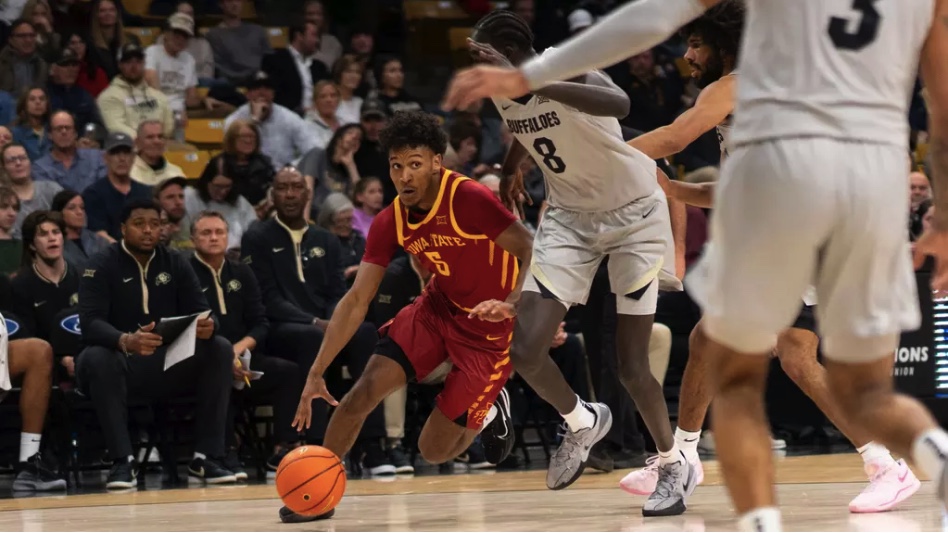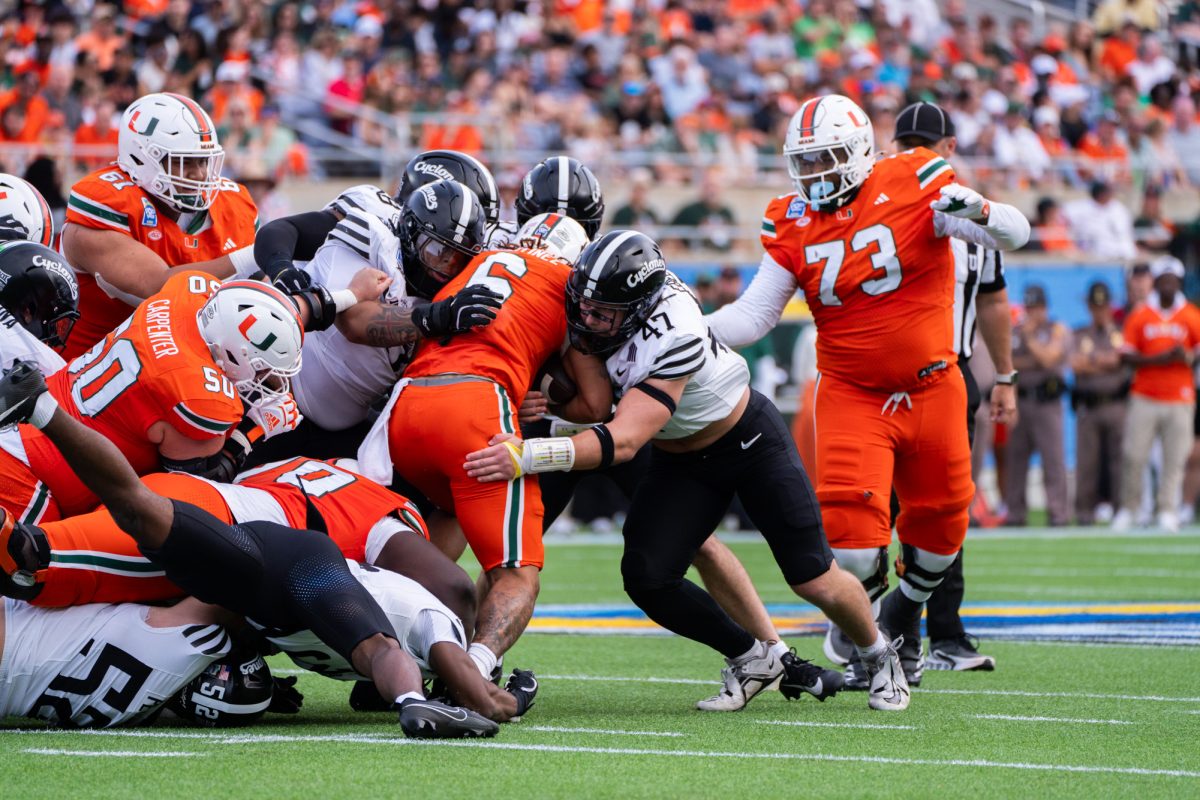The making of John Oszajca
April 26, 2000
Sometimes life is better than a movie. This is the tagline to a new documentary called “From There to Here” about John Oszajca, a solo artist on the verge of making his own real life rock and roll fantasy come true.
Oszajca (pronounced oh-jacques-uh) describes himself as a traditional songwriter who uses narrative and urban production.
“I don’t think too much about what I do or I probably couldn’t do it,” he said. “Sometimes the muse takes you, and sometimes it doesn’t. I am not a craftsmen like some people. Once a song is written I can go back and analyze it like anyone else.”
John Oszajca was born and raised in a small town in Hawaii called Waimanalo on the Island of Oahu. For Oszajca, it was like being a man without a country. His dark, sensitive nature did not play well in what most Americans think of as paradise.
“I wasn’t the only white kid, but I do know what it’s like to be picked out of a crowd,” he said. “It’s not really even a race thing. You either go with the flow or you’re from somewhere else, and I never really took to the whole Hawaiian lifestyle. I grew my hair long and played in rock bands when I was 15 and that was a little progressive for that place and if you’re not that way you’re a freak.”
In 1992, Oszajca was looking for someplace, anyplace to move to. He searched the map for suitable locations that could nurture his creative impulse. Staying in Hawaii was just not an option.
“I knew I couldn’t stay in Hawaii,” he said. “I had to move somewhere else. At that time I was just looking at the map for ideas. I must have booked five or six different plane tickets. All I did was fantasize about what life was like in the real world. Then a guy I knew said, ‘why don’t you go to Seattle’ and that was it.”
The move proved to be the right one for Oszajca. Playing in coffeehouses and competing with the poetry crowd for slots gave him the feedback he needed to keep writing and performing.
“About three weeks before I moved, I played a song I wrote for a friend and he actually laughed at it,” he said. “I moved to Seattle, and it became the favorite in the crowd that I played for.”
By 1997, Seattle proved to be a dead end for Oszajca. The coffeehouse scene and playing guitar in various bands that went no where led to a major decision, one that has made all the difference.
“I had been fairly kicked in the ass by circumstance prior to moving to Los Angeles,” he said. “I was at that make-or-break point before I came here. I was considering quitting and moving home. I had risen and fallen in my own world already, and it just felt like it wasn’t gonna happen. When I did commit to coming to Hollywood to give it one more shot, I came with a really fresh outlook.”
Making the move and committing to a course of action meant more than moving to California to do the same things all over again. It meant a change of attitude toward the music scene.
“I had been that guy who sat in the corner making fun of everyone that was around kissing ass and shaking hands, and I had to become that guy,” he said. “I had to figure out the game and how I was gonna play it. When I decided to be a solo act, a male solo artist was a rarity, but I was getting the kind of feedback I liked when I would play a club and the owner would ask me to come back the next night.”
His name itself has been something of an obstacle. Even Oszajca’s promotional tape for his upcoming documentary has his name misspelled on the label, but a name change was right out.
“I probably have a bigger collection of fliers with my name spelled wrong than I do spelled right,” he said. “A long time ago, I decided I wasn’t going to attempt to be somebody I wasn’t.”
That determination to keep it real at any cost has been an asset to Oszajca. Attempting to satisfy every creative itch is what got him into the movie business.
In 1999, Oszajca borrowed a camera and decided to make his struggle for success into a documentary. It began as a self-deprecating attempt to show what the life of a struggling musician was like but quickly turned into something quite different.
They started filming in the studio. “One of those days my producer was on the phone, and the person on the other end said, ‘you’re on the radio, turn on the radio’ and the camera was rolling for all of that, Oszajca said. “At that point, we kinda realized we had something, it was kind of a ‘let’s film and see what happens.'”
What happened was a combination of coincidences and daring moves by disgruntled employees which made Oszajca’s radio debut possible. An unnamed promoter who had been fired from one of the public relations firms Oszajca had sent a demo to had taken his tape with him when he left. That promoter gave the tape to a DJ at Los Angeles’s KROQ, a radio station on the forefront of alternative music in the nation. The DJ was himself on the way out and decided to play a couple of the unknown artist’s songs over the air. This led to a make or break show in which the audience was packed with record company executives.
“It seemed like if I was ever gonna do this film about getting a record deal, now seemed like a good time to turn on the cameras and then lo and behold …”
Lo and behold, Oszajca’s manager received calls from six major labels in seven minutes — all looking to sign him — and everything was caught on camera.
“Luck had so much to do with it. My friend could have been out to lunch that day and we would have missed some of the most amazing things,” he said.
Amazing things are definitely in the work for John Oszajca. Not many people have the opportunity to capture the moment they made it big on film, fewer still can then turn that film into a documentary for the big screen. For one boy from Hawaii who never quite fit in and still managed to make it from there to here, anything is possible.






